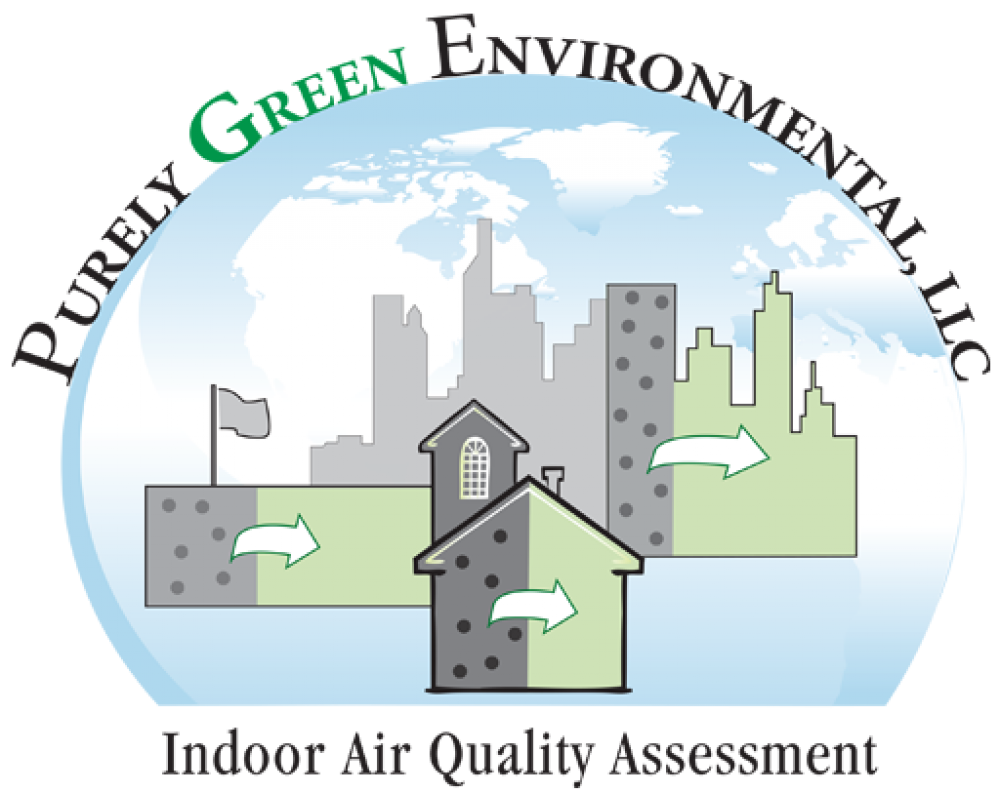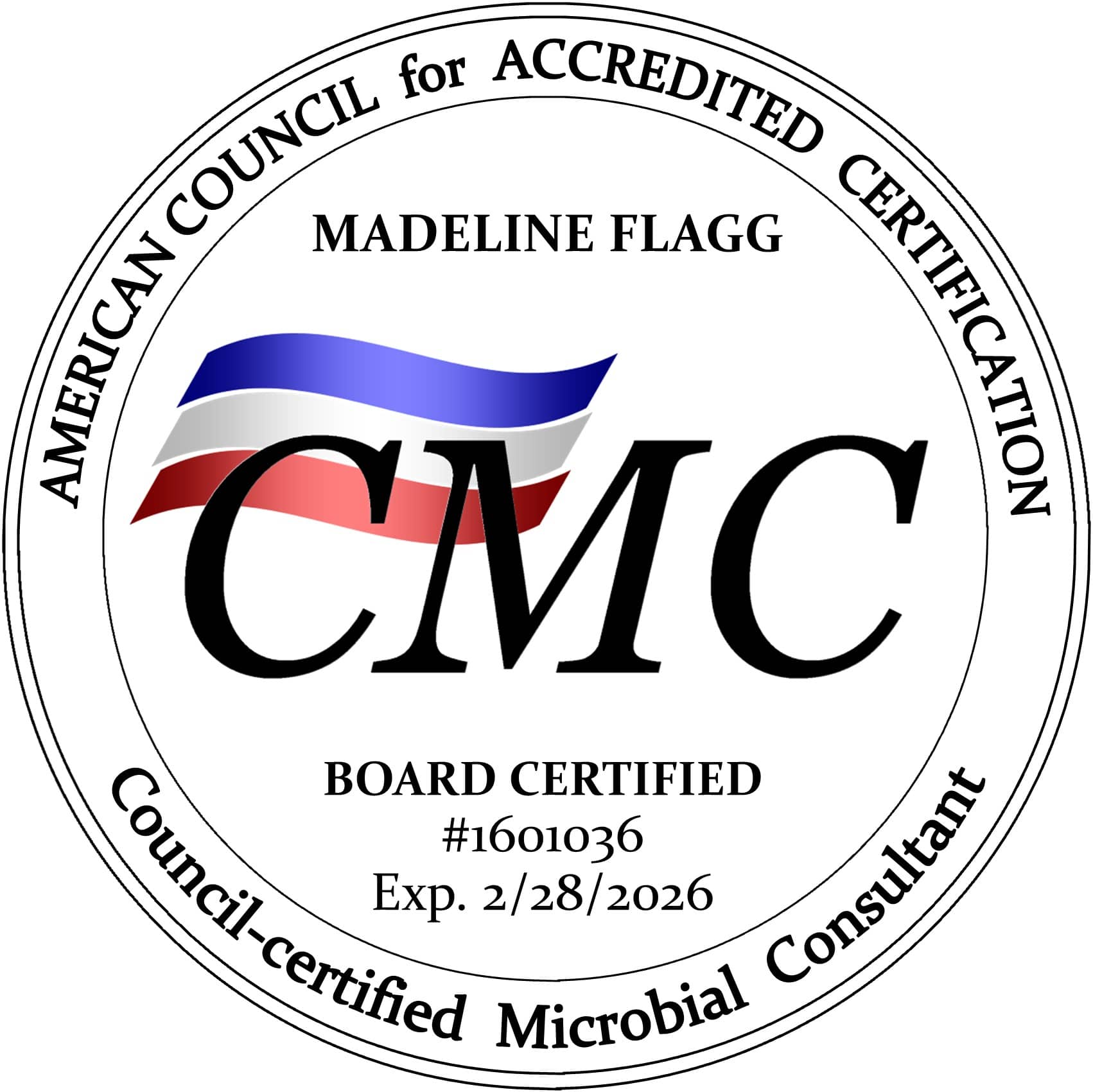 From hair products to laundry detergents to diapers, we live in a world of fragrance that might be making us sick and impacts results from air quality testing in Massachusetts, suggests a new study, even when those scents come from products that claim to be natural and pure.
From hair products to laundry detergents to diapers, we live in a world of fragrance that might be making us sick and impacts results from air quality testing in Massachusetts, suggests a new study, even when those scents come from products that claim to be natural and pure.
In an analysis of 25 of the most commonly used scented products — including ones labeled “organic,” “natural” or “non-toxic” — scientists identified at least 133 chemicals were wafting off of them. A quarter of those chemicals became classified as hazardous or toxic. Virtually none got listed on product labels.
Along with prior evidence that nearly a third of Americans develop headaches, breathing problems and other symptoms when exposed to scented products, the new findings suggest that trying to smell nice threatens both your health and the health of people around you.
“‘Natural’ does not mean ‘no synthetic chemicals,'” said lead author Anne Steinemann, a civil and environmental engineer at the University of Washington in Seattle. “‘Green’ does not mean safe or healthy. ‘Fragrance-free’ does not mean non-toxic or without fragrance. There are a lot of paradoxes and surprises here.”
For years, doctors have been hearing from patients that they cannot tolerate the smell of fragrances. More than dislike or repulsion, these people get migraines, have asthma attacks, develop rashes or even pass out in the presence of perfume, air fresheners and other products that smell.
“I saw a three-year-old boy have seizures every time his neighbor used scented laundry detergent that vented outdoors,” Steinemann said. “I wanted to figure out what was in these products.”
She and colleagues collected 25 of the most commonly bought scented products, including dishwashing detergents, fabric softeners, deodorants, baby shampoos and cleaning products. Nearly a half of the products had some “green” labeling.
In sealed glass containers, the researchers meticulously measured all of the gaseous chemicals, called volatile organic compounds (VOCs), that came out of each product. They recorded only emissions that appeared in significant amounts.
In total, the products emitted 133 different chemicals, the team reported in the journal Environmental Impact Assessment Review, with an average of 17 chemicals off-gassing from each one.
Twenty-four of the VOCs became classified as toxic or hazardous under at least one federal law. Eleven of the products emitted chemicals that are known carcinogens. Some of the chemicals are not safe at any level of exposure, which is why air quality testing in Massachusetts is so crucial.
Results were the same for both traditional and green products. In fact, all of the natural products emitted at least two VOCs that were hazardous or toxic. A third of them emitted at least one carcinogen.
Only one of the 133 identified chemicals appeared on any label anywhere. Just two chemicals appeared on safety data sheets. Some labels offered vague references to “cleaning agents,” “softeners,” “fragrances” or “essential oils.” But many listed none at all, which by law, is OK.
“If these were coming out of a smokestack or a tailpipe, they would be regulated,” Steinemann said. “If they are in a hand soap or air freshener, they are not.”
Industry groups insist their scented products are safe.
“The article unnecessarily alarms the public with insinuations of danger,” wrote the International Fragrance Association in response to Steinemann’s study.
“Fragrance materials are safe,” the statement continued. “The industry is strongly committed to science and safety, spending significant annual resources on peer-reviewed studies and testing of ingredients.”
Seventh Generation, a well-known and environmentally minded company that produces personal care and cleaning products, some that are unscented, says it lists every ingredient in its products, including the essential oils it uses as fragrances.
“We use very low levels of fragrances in our products because we recognize that these are volatile organic compounds and that we inhale them,” said Martin Wolf, a chemist, and director of sustainability at Seventh Generation, in Burlington, Vt. “A company should be proud of what it’s putting in its bottles.”
Nevertheless, Steinemann said, essential oils emit VOCs just like synthetic fragrances do. And they carry many of the same risks. Every company she has contacted, she added, has assured her that their scented products are within safe limits, even though her tests on their products have shown otherwise.
The new paper did not directly address the health risks of scented products, but some scientists are concerned.
About 5 percent of the population is entirely intolerant to fragrances, to the point where the condition drastically affects their lives, said Claudia Miller, an expert in environmental health and allergies at the University of Texas Health Science Center at San Antonio.
Studies have shown that up to 30 percent of us are sensitive in some way, she added, with symptoms ranging from headaches to trouble concentrating. And that number has been growing.
Babies and children are especially vulnerable. And repeated low-level exposures appear able to trigger problems in people who were previously not bothered by smells.
“The feeling is growing that you shouldn’t be putting these things in environments where everyone is exposed,” Miller said. Like second-hand tobacco smoke, she said, scented products expose people to hazards against their will. “Your right to wear fragrance ends at my nose.”
Steinemann advises using old-fashioned alternatives to scented products, such as baking soda, vinegar, and hydrogen peroxide. When you do buy bottled products, get ones without scents.
“I wish you could see the hundreds of e-mails I’ve gotten from people with absolutely heartbreaking and devastating stories,” she said. “They have lost their jobs, their homes, and their families because people wouldn’t stop using these products. These are really tragic stories about people’s lives.”
For air quality testing in Massachusetts that can provide some insight and ways to improve your health, contact Purely Green Environmental at (888)-291-3773.




